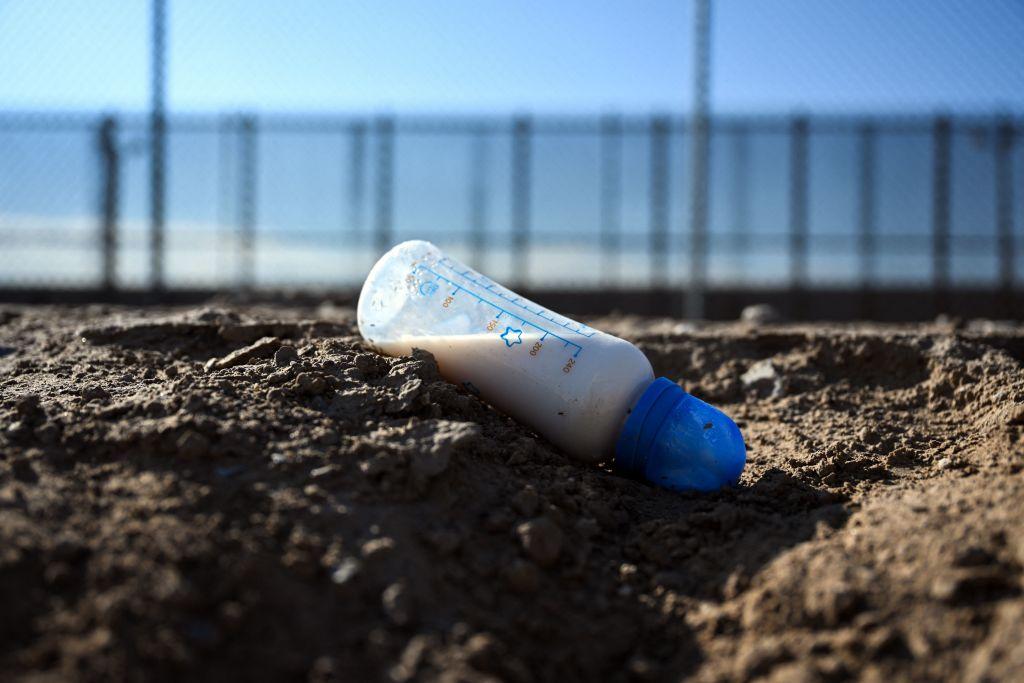Infant mortality in the United States rose for the first time in more than two decades, with male infants seeing a bigger increase in death rates than females, according to a recent report by the U.S. Centers for Disease Control and Prevention (CDC).
“The provisional infant mortality rate for the United States in 2022 was 5.60 infant deaths per 1,000 live births, 3 percent higher than the rate in 2021 (5.44),” the CDC said in a Nov. 1 report. The rise in infant mortality breaks a two-decade-old trend of declines, with this being the first year-to-year increase since 2001-2002. Total infant deaths in 2022 were 20,538, up from 19,928 from the year.





